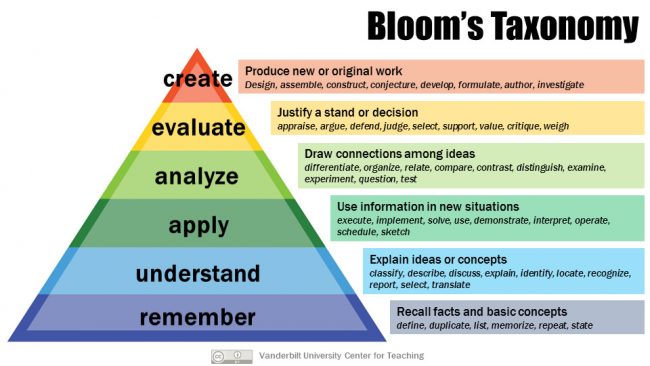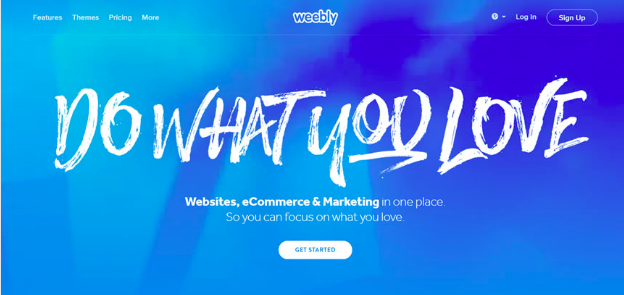Making Social Media Work For You
My name is Megan Chmiel and a current undergraduate student at Stockton University. I am a senior in the Marine Science Program. Stockton is known for being a liberal arts institution, allowing students to have a unique experience with the different types of courses offered. One of those choices is Exploring Your Digital Portfolio. This blog will be my journaling experience and various skills offered within this course.
The first day of class, we debut our professional selves on social media. The first day in class created Twitter and Blogger profiles. I did not mistype. We created our online presence in a way to ensure to reflect our future career goals. The usage of these platforms will allow our voice to be heard within the clutter of the tangled mess of online and connect. A great way of organization for your own twitter feed is TweetDeck. This is an online tool to organize your notifications, accounts, and categories through the use of hashtags. We were also introduced to Schoology, which is an educational tool to connect the classroom to any room with an internet connection. The world is changing, and every organization has a way to create their own niche through these tools.
Is social media even an option of reaching students? According to Denise Richards of St Julian's School in Newport, she certainly endorses it. In an article from the Virtual College, she explains how she uses Twitter as a tool to help encourage her students and communicate. She stated it was "crucial to ensure the school makes the best use of the latest technology to 'promote learning in a modern, fast-moving world.'" Social media is not only helpful within the education system, but can also be seen as a training tool for businesses. The classroom teaches how to understand the technology and how students can utilize these tools outside the classroom for success.
Teachers thinking outside the box to connect with their students is always amazing, but with this technology, we can take it a step further. Another article by EllenLague explained how she used Twitter to expand her networking to peers that shared a liked interest and communities. She explained how she immersed herself within the platform by reaching out through comments to colleagues on different post and conversations of topics. There are all types of communities within these huge umbrella networks, from the news media and scientific communities to the gossip columns of celebrities and entertainment. She gave an interesting take of comparing Bloom's Taxonomy to the different content of Twitter. The biggest take was to be involved in the conversation and participate within the debate. Through sharing ideas, we can hope for inspiration of constant learning.
 |
| Photo Credit: Bloom's Taxonom |
When we are learning new technology, it is always helpful to create your own study or cheat sheet. This article contained a graphic created by Dr Kimberly of a cheat sheet, a Twitter Cheat Sheet . Here it explained key terms for the basic Twitter user and what they can do. The hashtag section was categorized to ensure how teachers can connect on different topics and tools for creative education. These were not only interesting for someone within the education career, but also interesting for students and parents to follow the teacher's vision for education.
Every skill has a text book, including social media. In lol...OMG!:What every Student Needs to Know About Online Reputation Management, Digital Citizenship and Cyberbullying first chapter we are introduced to 'College in the Digital Age.' This is an introduction and provides interesting viewpoints of how the internet and continued education interact, for better or worse. Today's education system is highly reliant on the internet. The information for both students and educators are at the tips of their figure tips, literally. With phones and smart devices, it makes research for topics and allow professors connect with their students more than ever before (such as BlackBoard for Stockton). Many forget, the internet hasn't been available for everyday consumer until the mid-1990's. It is forever changing and many have a hard time either maintaining the knowledge for the newest technologies, or have forgotten that the internet never forgets. There is always a type of digital trail of breadcrumbs, and once posted, it can never be swiped clean from everywhere. The college culture is to be able to connect in an instant, try new things, explore the unexpected, and undergo the trials that shape ourselves to become adults. There is always some type of stumble, or epic fail, that occurs along the way during this experience, and now we have proof of it. The digital trail is left from students who posted something without thinking about the potential consequences that can harm both their career or themselves. This chapter is a step back from the screens that we immerse ourselves in, and asks us the questions of how we can prevent such actions to haunt us from achieving the dream job, or scar your own grandmother. This chapter is about the introduction of how to be a good "digital citizen."



Comments
Post a Comment